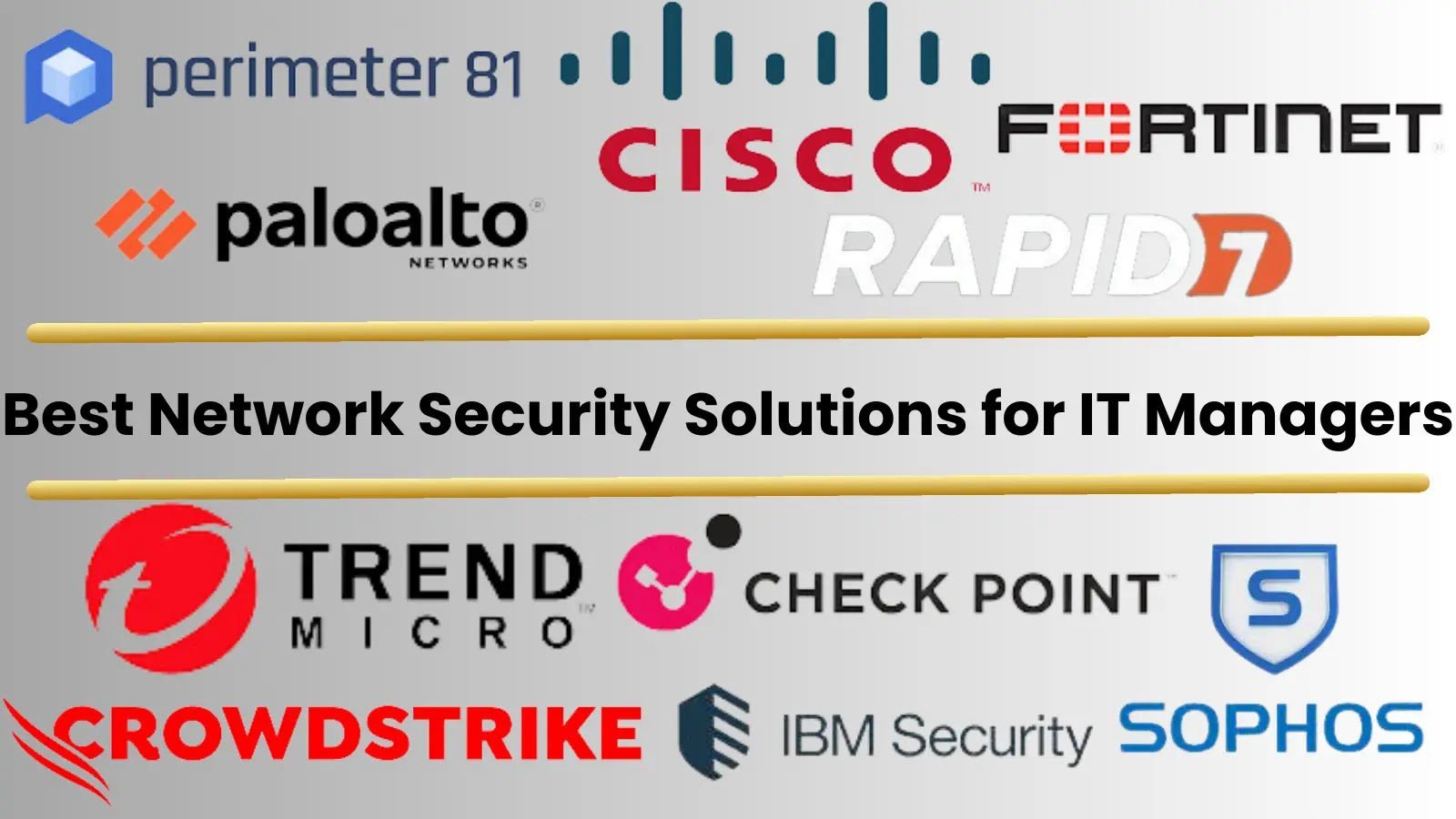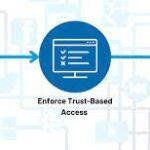“Zero trust” security is a cybersecurity approach that challenges the traditional notion of “trust but verify.” In a zero trust model, organizations operate under the assumption that no one, whether inside or outside the network, should be automatically trusted. Instead, every user, device, and application must be verified and authenticated, and access is granted only on a “need-to-know” and “need-to-access” basis.
Key principles of Zero Trust :
- No Implicit Trust
- Identity-Centric
- Least Privilege
- Micro-Segmentation
- Continuous Monitoring and Assessment
- Encryption
- No Implicit Trust: Zero trust eliminates the concept of inherent trust based on location or network perimeter. All connections are treated as potentially untrusted, regardless of their source.
- Identity-Centric: Access decisions are based on strong user and device authentication, ensuring that only authorized individuals and devices gain entry.
- Least Privilege: Users and devices are granted the minimum level of access required to perform their tasks. Access is limited to the specific resources needed for a particular task.
- Micro-Segmentation: Networks are divided into smaller segments, and each segment is isolated from the others. This limits lateral movement within the network in case of a breach.
- Continuous Monitoring and Assessment: Ongoing monitoring and analysis of user behavior, device health, and network traffic help detect and respond to anomalies or suspicious activities.
- Encryption: Data is encrypted both at rest and in transit, ensuring confidentiality and integrity.
How Zero Trust Enhances Cybersecurity?
- Reduced Attack Surface
- Mitigated Insider Threats
- Effective Network Segmentation
- Strong Authentication
- Improved Incident Detection and Response
- Adaptability to Modern IT Environments
- Enhanced Compliance
- Reduced Attack Surface: By limiting access to only what is necessary, zero trust minimizes the attack surface and potential points of compromise.
- Mitigated Insider Threats: Zero trust helps prevent insider threats by limiting the access that even trusted users have, reducing the risk of data breaches or unauthorized actions.
- Effective Network Segmentation: Micro-segmentation isolates network segments, preventing lateral movement of attackers within the network.
- Strong Authentication: Zero trust emphasizes multi-factor authentication (MFA) and strong device authentication, reducing the risk of unauthorized access.
- Improved Incident Detection and Response: Continuous monitoring and behavior analysis enable rapid detection of anomalies or unauthorized activities, allowing for quicker incident response.
- Adaptability to Modern IT Environments: With the rise of remote work, cloud services, and mobile devices, zero trust provides a framework that adapts to diverse and dynamic IT ecosystems.
- Enhanced Compliance: Zero trust can help organizations meet regulatory compliance requirements by enforcing strict access controls and data protection measures.
In summary, zero trust security shifts the focus from perimeter-based security to a model that centers around verifying and securing every user, device, and application. This approach enhances overall cybersecurity by reducing risk, improving incident detection, and providing a more resilient defense against modern cyber threats.






